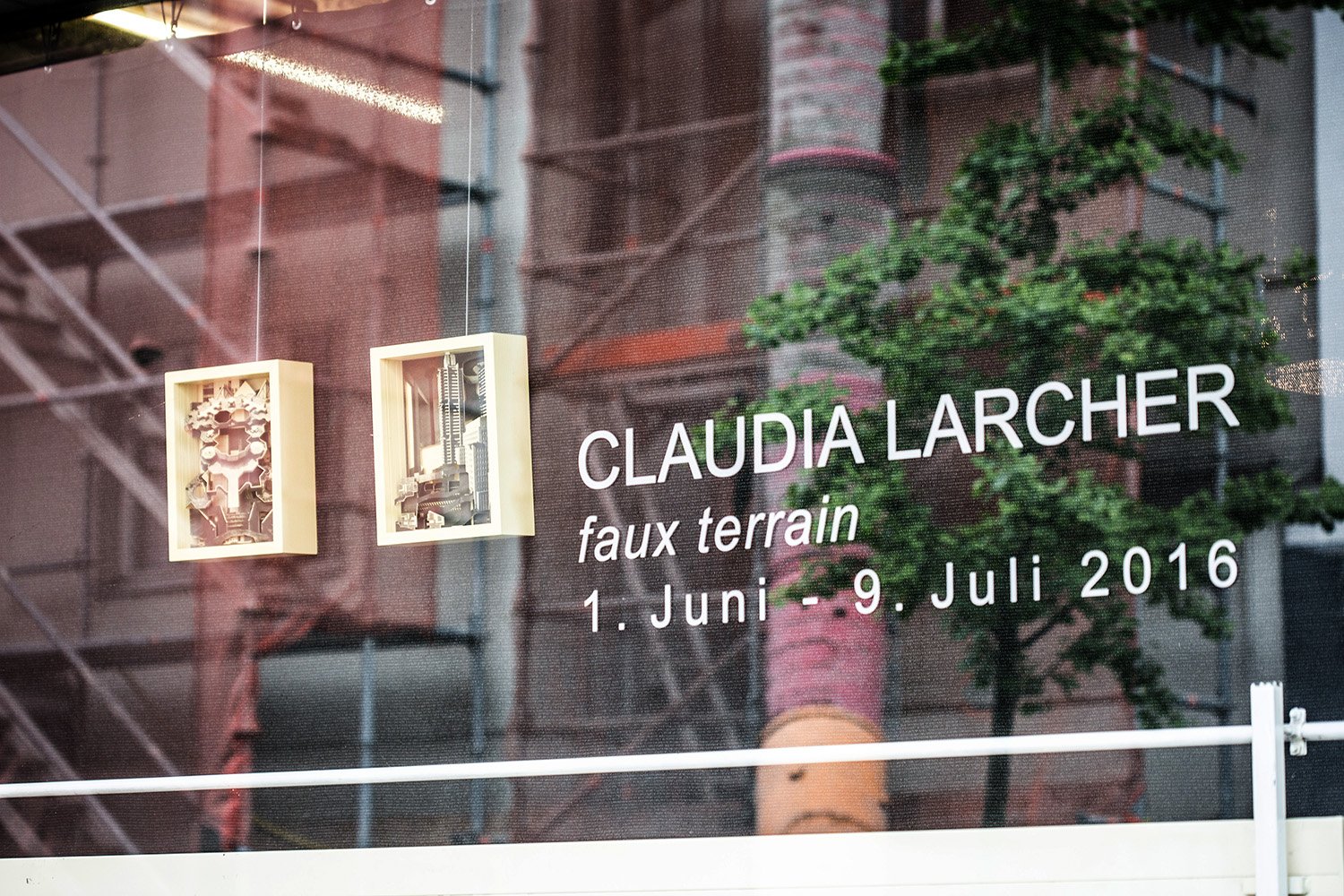Faux Terrain
31.05.2016 - 30.06.2016, Bildraum Bodensee and Galerie Lisi Hämmerle, 2016
Presentation Bildraum Bodensee
In Bildraum Bodensee, the Vorarlberg artist shows a panorama of her most recent works. By means of abstraction, exaggeration and alienation, Larcher stages habitats and natural formations as utopian expanses and dystopian scenarios. While her works initially appear to be true-to-nature images in irritating detail, they are in fact complex constructs on the border between reality and fiction. In her video installation In Between the Ocean, Claudia Larcher combines interior views from Tokyo with landscape shots from the disaster areas around Fukushima and Tohoku, thus reflecting the effects of energy policy on the natural and urban environment. In NIDA, she focuses on the Lithuanian peninsula of Neringa as a border space between Europe and Russia. With an analytical eye, Larcher examines various features of natural landscapes or organisms, but people are rarely present in her works, if only through the traces they leave behind. Thus, in the video Self, the human skin surface, so familiar to us, gradually mutates into a surreal landscape. The slow camera movement allows the inside and the outside of the human body to dissolve in a close-up, forming a fictitious space, a faux terrain, in which the viewer now finds himself projected into. In Bildraum Bodensee, Claudia Larcher leads us through a concurrence of reality and imagination to an un-place, on this side, on the other side, strange and familiar at the same time, where we are constantly challenged to question our relationship to the world, its representations and our perception.
Presentation Lisi Hämmerle Gallery
The works Panorama, Baumeister and Outsourced Domesticity form the connecting point to another part of the exhibition course, which continues in the Lisi Hämmerle Gallery. Here, in paper objects and architectural collages, Larcher deals with the aesthetics, form and movement of different constructions and combines relics of interior and exterior views, aerial photographs and building plans to create new urban utopias. Inside the gallery, a 25-metre-long curtain forms a walk-in architectural landscape of fragments of Mies van der Rohe buildings.




















